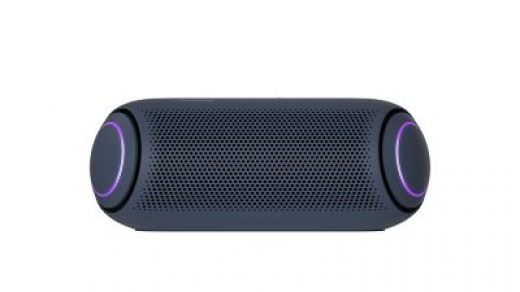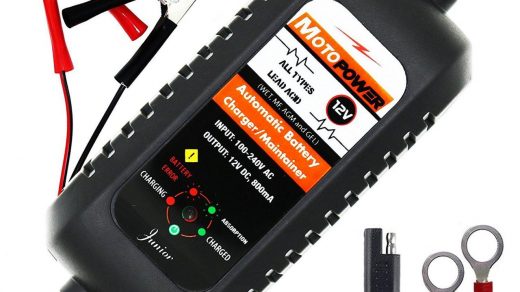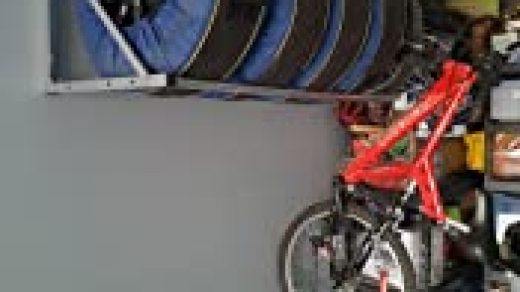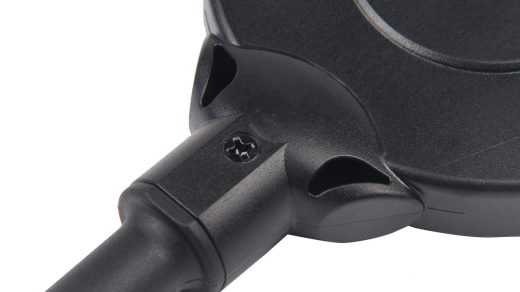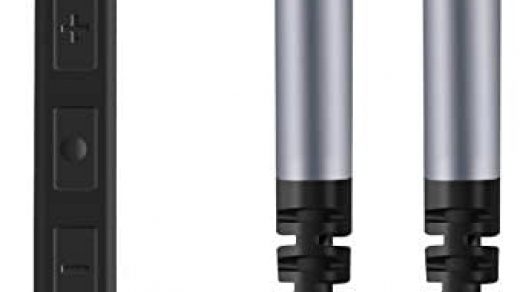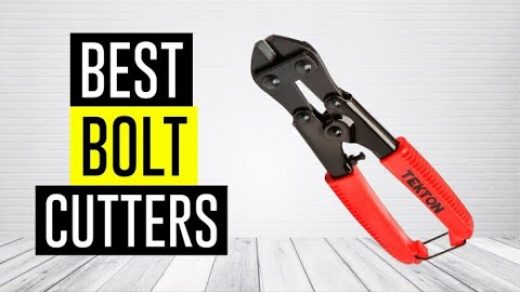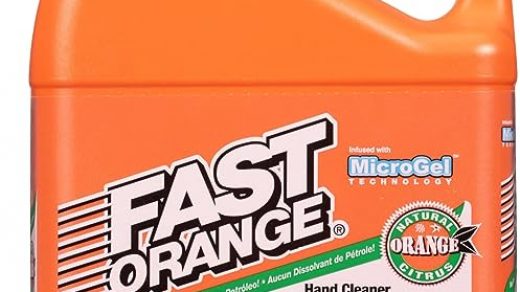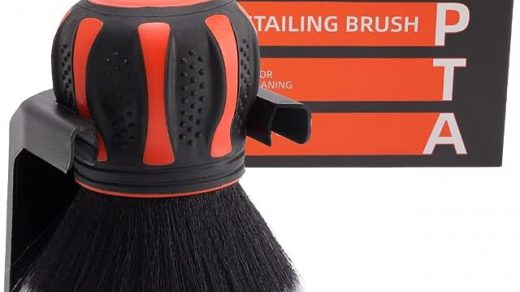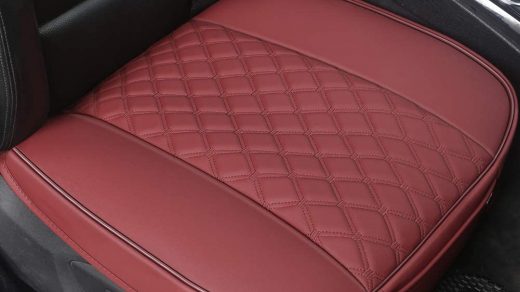Optimise Surfaces with Air Random Orbital Sander: DA Polishing Backing Pad and Hook Loop Plate
Give your projects a superior finish with the right tools. An Air Random Orbital Sander, DA Polishing backing pad, and a hook loop plate can help in achieving those results. This set-up supports buffing thread millimetres, allowing you to smooth and polish different surfaces to a high standard. Join us as we delve into the benefits, uses, and features of these essential items.
There’s no denying the power and efficiency an Air Random Orbital Sander brings to the table. It provides a seamless blend of speed and precision, making it an ideal tool for both beginners and experienced professionals. Coupled with a DA Polishing backing pad, this tool is perfect for detailed work. The pad can absorb minor pressure variations, providing an even finish and reducing the risk of surface damage.
Meanwhile, the hook loop plate enhances the effectiveness of the overall buffing process. It holds the buffing threads securely and distributes pressure evenly over the surface, ensuring that every millimetre gets the attention it needs.
These tools can be used on a variety of surfaces, including wood, metal, and plastic. Whether you’re a car enthusiast looking to give your vehicle a new lease of life, a woodworker wanting to polish a piece to perfection, or a professional seeking high-quality results, the combination of an Air Random Orbital Sander, DA Polishing backing pad, and hook loop plate could be the solution.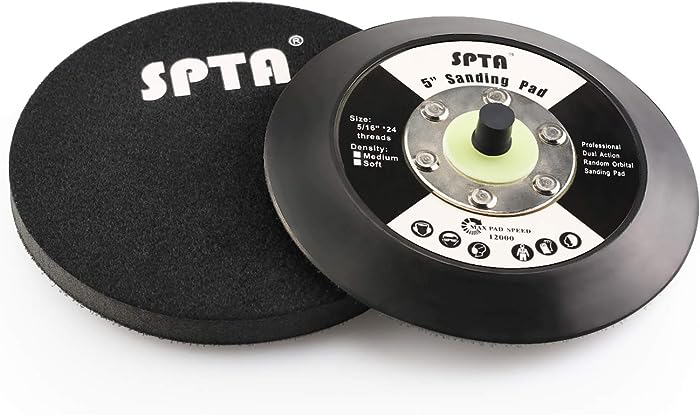
A: The backing pad serves as a support for the sandpaper and distributes the orbital action of the sander evenly. This leads to a smooth, polished surface.
Q: Can the hook loop plate be used with all kinds of buffing threads?
A: Yes, the hook loop plate is versatile and can work with a variety of buffing threads, ensuring a secure fit and even distribution of pressure.
Q: Are these tools suitable for use on any surface?
A: The combination of these tools is suitable for most surfaces like wood, metal, and plastic. However, always check the specific material compatibility to ensure optimal results.
Q: Do I need any special training to use these tools?
A: While professional training can be beneficial, these tools are generally user-friendly. You can find many guides online that can help you understand their operation.

